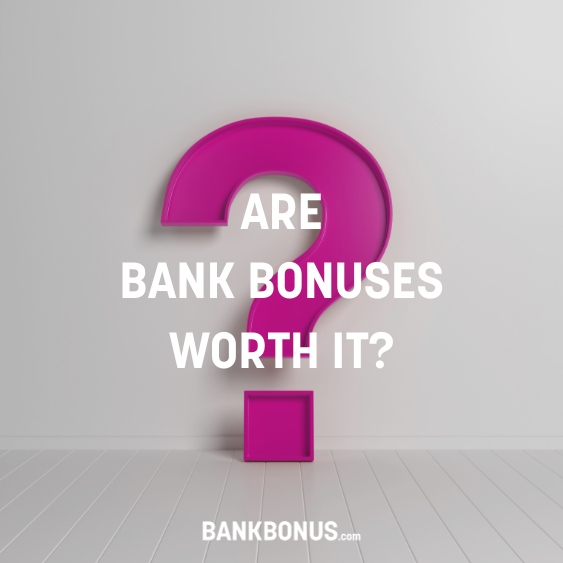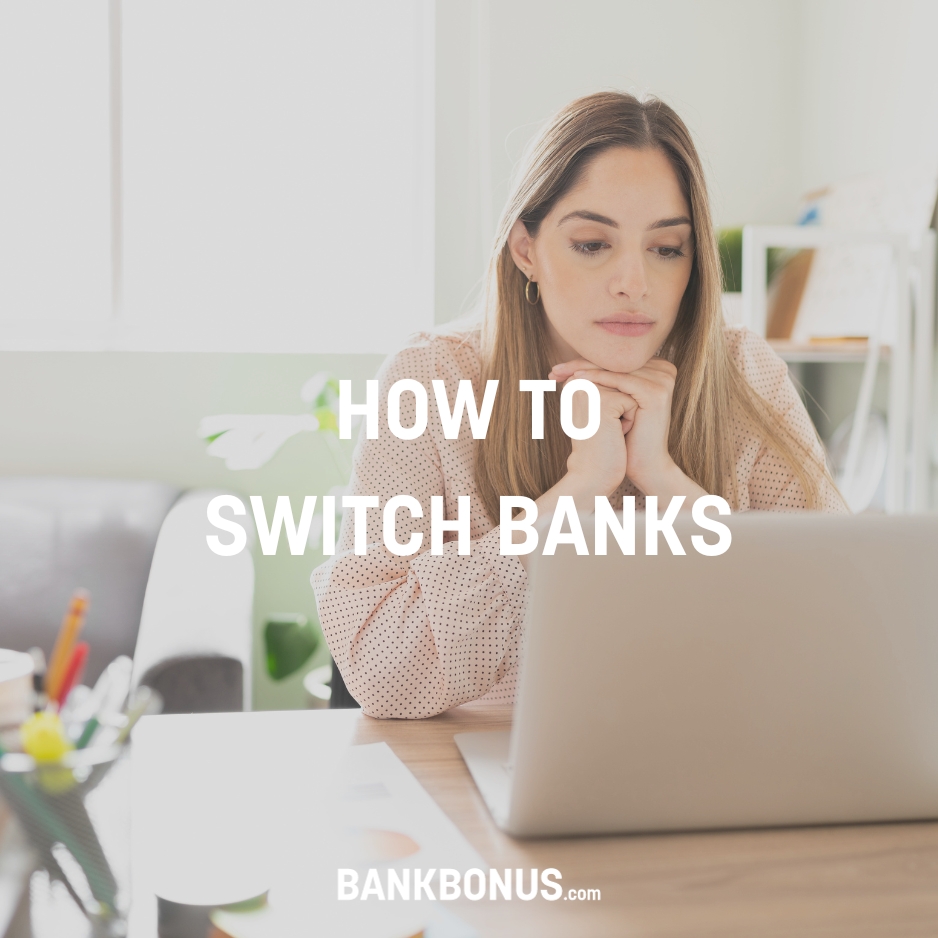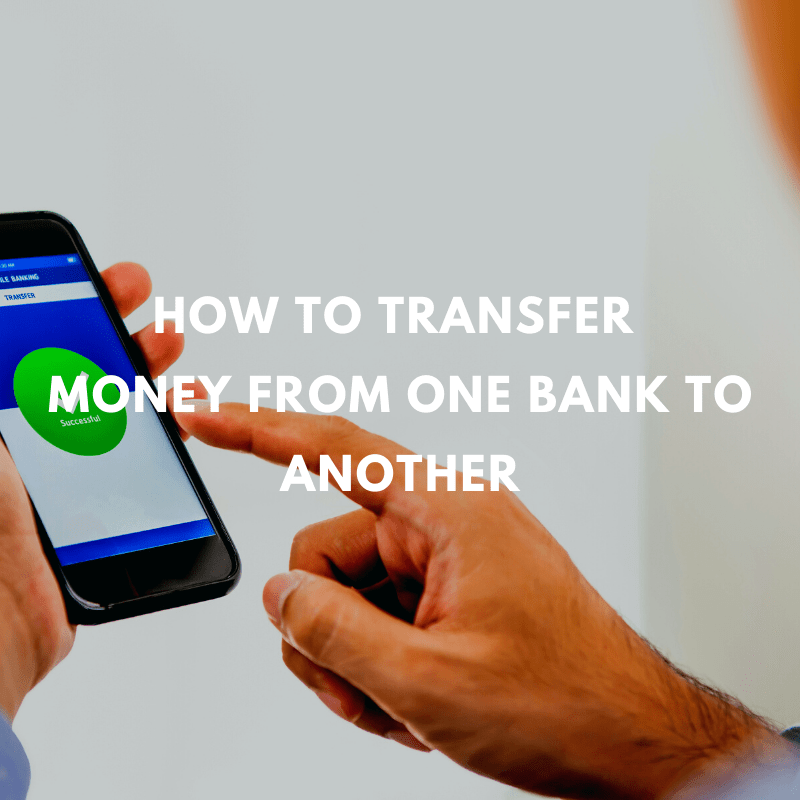While cash withdrawals are not as common as they used to be, they still have their place in the world of personal finance. So you may find yourself wondering how to withdraw money from a bank one day.
Whether you’re looking to make a purchase using cash or want to hide a few notes under the mattress in case there’s a zombie apocalypse, cash withdrawals are far from dead.
Withdrawing money from a bank might not always be as straightforward of a process as you might think.
There are quite a few things that can make your life easier and, ultimately, your withdrawal successful.
The Withdrawal Process
The actual process itself of withdrawing money is quite simple. Depending on how much money you are looking to withdraw, you may need to do some planning to avoid hassle and delays.
Unlike what movies might have led you to believe, the bank does not keep crates upon crates of cash in their super-secret underground vault.
As such, if you’re looking to withdraw a substantial amount of cash, you might want to contact the bank first.
Speaking of large sums of money and forward planning, you might also want to think about how you’re going to transport the money to wherever you want to take it.
Cash might not weigh much, but it does have a habit of drawing unwanted attention!
Either way, you should first make sure that you have enough money in your bank account to cover the cash you want to withdraw.
Doing this can help you make sure your transaction goes through, and you won’t incur any overdraft fees.
Depending on whether you’re planning to withdraw from a branch or ATM, some restrictions may apply. We will cover these in more detail in the following sections.
How To Make a Withdrawal From A Bank Account
If you’re withdrawing money from a physical bank location such as a bank branch, you’ll need to take some form of identification with you.
Acceptable forms of identification generally include your state ID, driver’s license, passport, or SSN (Social Security Number) card.
You will also need to have your account number with you, whether it’s a checking account or a savings account.
If you’re not quite sure which forms of ID your bank accepts, a quick visit to their website should give you all of the information you need.
Equally, if you’re planning on withdrawing large sums of money, check the bank’s website to see if they have any special procedures for doing so or give them a quick call. Checking beforehand can save you from making a fruitless trip.
Once you get to the bank, you will need to fill in a withdrawal slip, which you will then give to the bank teller.
The teller may ask you some questions, such as why you’re withdrawing the money. The bank will ask questions if you wish to withdraw more than $10,000.
While it may seem like an invasion of privacy, keep in mind that the teller is only doing their job. Furthermore, these questions are required by law, so there isn’t much anyone can do about it.
No bank will hand you a large amount of money without asking some questions. Yes, even if it’s your money.
Once the teller hands you over the money, make sure you exercise plenty of caution until you reach a safe destination.
Try not to let anyone see how much money you withdrew, and if you can have someone you trust with you, all the better.
Withdrawing Money At The ATM
Withdrawing money from an ATM works differently, even if the basics are pretty much the same. Let’s have a look at how the procedure works.
Of course, you do not need to call the ATM beforehand, although some banks allow you to do this.
You do not need to take any ID documents, but you need to take an ATM card (such as a debit card or credit card).
One thing that you might want to check, however, is whether your bank has placed any withdrawal limit on ATM withdrawals.
Virtually all banks limit how much money you can withdraw from an ATM on a given day, so make sure you do not exceed that limit.
If you would like to take out more than this limit, you will need to visit the bank.
One other thing to keep in mind is that any particular ATM might not have enough cash to cover your entire transaction.
In this case, you’ll need to visit a second ATM to withdraw the full amount. Here, the daily limit will still apply.
An ATM might not have the denominations to cover your exact amount, so you might need to take out a little bit more or a little bit less, depending on the situation.
Some banks, like Bank of America, allow you to call the ATM beforehand. Calling an ATM might sound strange, but it’s a pretty cool future.
What you do here is use your mobile banking app to pre-order the cash from a particular ATM, helping you save time since you won’t have to input the dollar amount at the ATM.
Once you enter your card, the ATM will recognize that you’ve pre-ordered the money and dispense it after the usual security procedures, including entering your PIN (Personal Identification Number).
If your mobile app does not have this feature, go to your bank’s nearest ATM and withdraw the money using your debit card or credit card.
One thing well worth mentioning here is using network and out-of-network ATMs.
A network ATM is an ATM that belongs to your bank’s network of ATMs or an ATM that belongs to a network your bank is a member of, in summary. An out-of-network ATM does not fall under any of these two categories.
Withdrawals from network ATMs are typically free. There might be some limits on savings accounts, but checking account withdrawals generally don’t have such limitations.
On the other hand, out-of-network ATMs can be subject to several fees, including fees from your bank as well as fees from the operator of the bank.
Some banks do offer their customers rebates on out-of-network ATM withdrawals so remember to check this before heading out to the ATM to make a withdrawal.
Cash Withdrawal Alternatives
While withdrawing cash has its pros and cons, cash might not always be the best option when it comes to large amounts of money.
There are security concerns as well as the extra checks required by law. As such, you might want to consider an alternative to cash withdrawal.
Keep in mind that not all of these alternatives apply in all scenarios, and as such, you will need to exercise sound judgment depend on your particular situation.
Electronic Transfers
If you’re withdrawing the money to pay someone, consider using wire transfers or ACH transfers instead.
You can transfer money through online banking or even your mobile banking app and not have to queue or carry large amounts of cash on your person.
Keep in mind that it may take the money a few business days to reach the payee and that you’ll need both your bank account number and the routing number to send the money successfully.
Paper Check
A paper check is one of the easiest ways to pay someone a large sum of money.
Equally, money orders and cashier’s checks allow you to make large payments and are generally considered more secure since you’ll have to pay the money before issuing the check.
Some banks allow you to order checks online, making it very easy to issue payments.
They will even post the check for you directly to the recipient, cutting down the processing time since you won’t have to mail it back to the payee.
Payment Apps
For smaller amounts, payment apps such as Venmo and PayPal can also be great alternatives offering little to no fees and fast processing times.
Many bank accounts also include Zelle, which you can use to send money straight from your bank account.
Zelle payments typically take minutes, making them super-efficient and secure.
Prepaid Card
You might also want to consider getting a prepaid card instead, as this allows you to carry a large amount of cash without the inconvenience of paper bills.
You can buy these cards from many retailers, and some even come with an app that lets you see how much money you have left.
Regulations
Banking is regulated at the state level and the federal level. As such, as you might expect, several rules and regulations must be followed when making a withdrawal.
These rules and regulations tend to be non-negotiable since they are mandated by law.
Awareness of what these are can save you a lot of trouble and possibly being taken in for questioning.
Knowing what these are can help you plan ahead and thus ensure a smoother process for the actual withdrawal of the money.
Currency and Foreign Transaction Act
Back in 1970, the US Congress passed the Currency and Foreign Transaction Act. It’s worth noting that this act goes by quite a few different names, including
- Bank Secrecy Act
- BSA
- Anti-Money Laundering (AML) Law
- BSA/AML
This act is not the only AML law, with several other acts fall within this area of the law included in Title 3 of the USA Patriot Act, which became the law itself in 2001.
In a nutshell, this law requires all financial institutions based in the US to report any transactions that exceed the $10,000 mark in daily aggregate. Many words here, so let’s take some time to understand what is going on.
The idea behind this law is for financial institutions to help the US government combat money laundering, tax evasion, and crime financing. The amount does not have to be exactly $10,000 or more – withdrawing $9,999.99 will trigger the report.
One other thing that a keen eye might have noticed are the words daily aggregate.
These not-so innocuous words mean that you cannot withdraw $5,000 in the morning and another $5,000 in the afternoon without triggering the report.
What you also can’t do is structuring.
If you don’t know what structuring is, it’s when someone tries to outsmart the system by withdrawing different amounts from different branches at varying times of the day to outsmart the system.
If anything, this will look way more suspicious, and it will likely see you brought in for questioning at the very least!
Don’t worry – all of this does not mean that you can’t withdraw $10,000 or more.
You can even withdraw $1,000,000 if you have that kind of money! What it means is that the transaction will be reported to the government.
It will be reported to FinCEN, which itself is a bureau that operates within the Treasury Department. They will then run their checks to make sure you’re not breaking the law.
How To Withdraw Money from A Bank: FAQs
How do I withdraw a large amount of money from my bank?
When cashing a large amount of money from your bank, give them a call before you go so you can make sure they have it all at hand.
You’ll also need to prepare yourself to answer some questions. The bank will report your answers to the government as is required by law.
The intention behind it is to reduce instances of fraud, tax evasion, and funding of crime, so it’s taken very seriously.
How can I withdraw money from my bank without a check?
To withdraw money from a bank without triggering checks, make sure you keep the amounts as low as possible.
Generally speaking, daily aggregate withdrawals of $10,000 or more will trigger a check, so make sure you stay below this limit.
Evading checks is called structuring, and both banks and credit unions have systems in place that flags suspicious behavior.
How do you fill out a bank withdrawal slip?
Filling in a withdrawal slip is very similar to filling in a check. You will need to enter your name, the date, and the amount of money to be withdrawn in words.
However, unlike a check, you also need to enter the bank account number from which money is withdrawn, which can be your checking account, savings account, or money market account.
Withdrawing Cash Is Easy – But There Are Things To Keep In Mind
Large withdrawals, typically including withdrawals of $10,000 or more, get reported to the government, where agencies like the IRS will ensure that everything is above board.
Trying to circumvent these measures intentionally is highly illegal and is not worth trying. We live in a world where everything is connected, so flying under the radar will be a challenging feat to accomplish.
However, this doesn’t mean that large withdrawals are illegal, and you are entitled to withdraw as much money as you want. Just be prepared to answer some questions as to the why and how of your withdrawal.
It might also be wise to give the bank a call beforehand to ensure they have enough banknotes to satisfy your entire withdrawal.
Doing this can help you save time. However, it is not necessary if you’re making a small withdrawal.
Remember to take some form of ID with you, as the bank will need to verify your identity before handling your money.
While it may seem like an inconvenience, remember that it’s there for your safety and protects you from fraud and unauthorized withdrawals.
Lastly, you might want to consider some other form of money instead of hard-cold cash. While cash is very convenient, it also tends to be not very secure and impossible to terrace or block should it get misplaced.
If you’re withdrawing from an ATM, check if there are any limits. Additionally, you use an in-network ATM so that you pay less in fees.
The important thing is to stay safe and take all reasonable measures to ensure your money is safe, too.





No comments yet. Add your own